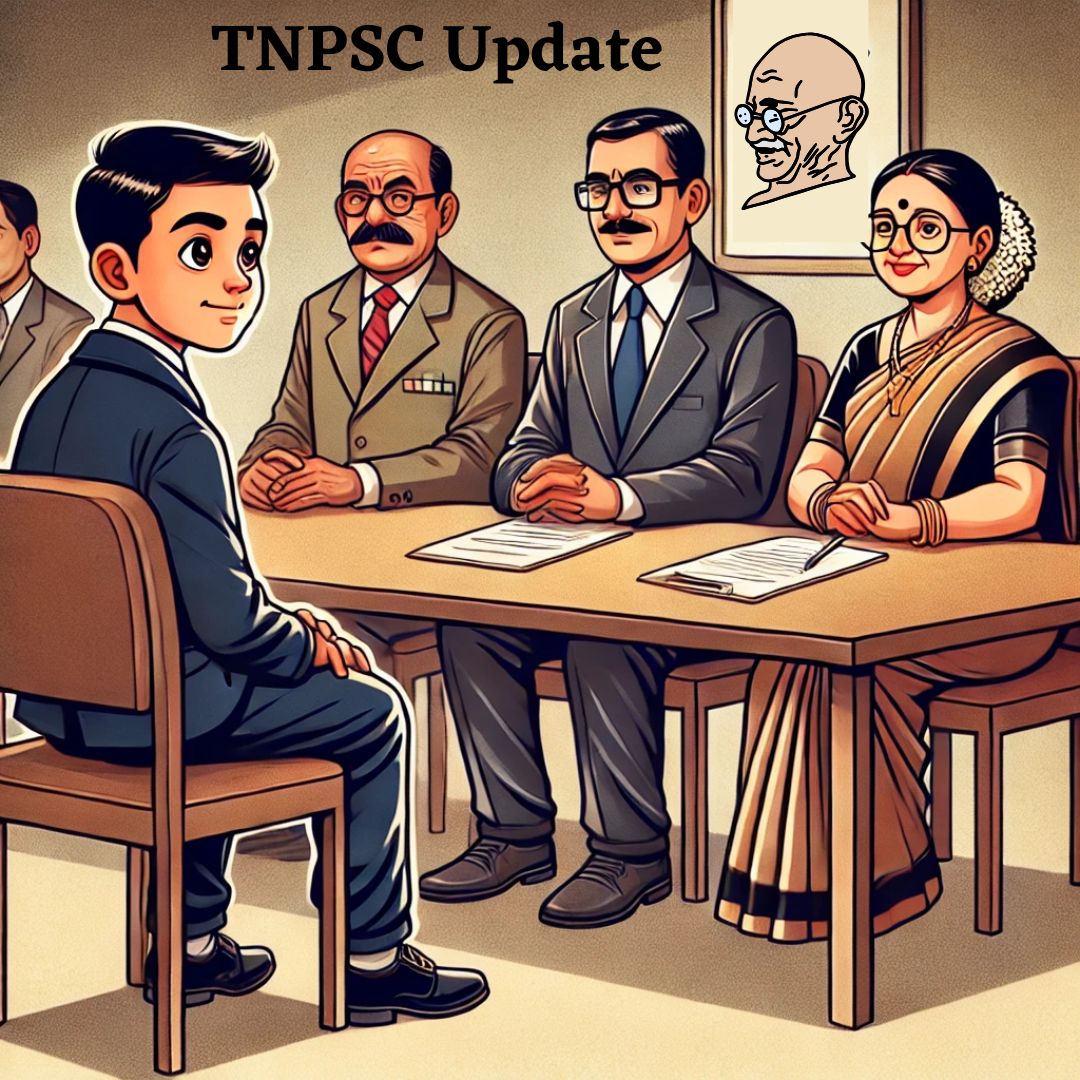Interlinking of rivers can provide possible solutions to the multidimensional inter-related problems of droughts, floods and interrupted navigation. Let us examine.
- The NRLP (National River Linking Project)
- NRLP was formally known as the National Perspective Plan.
- The transfer of water from surplus basins to deficit basins.
- There is flooding of water in surplus basins.
- There is drought or scarcity of water in deficit basins.
- Need for inter-basin water transfer projects.
- Essential requirement of water – drinking, domesic usage, irrigation, industrial consumption.
- 37 Rivers across the nation.
- 30 Links to be constructed.
- Nationwide network of 3000 storage dams.
- Gigantic South Asian Water Grid.
- Environmental issues
- submerge of vast forest tracks.
- wildlife disturbed.
- displacing communities
- lifestyles changed
- maintaining water quality
- dealing with climating conditions
- public health
- floods, erosion and seismic events
- Some rivers like Teesta have changed their course.
- Due to an earthquake the Teesta once flowing into the Ganga now joins with Brahmaputra in Bangladesh.
- Need to enter into an agreement with neighbouring countries viz, Nepal and Bangladesh.
- The network of Indian rivers is broadly classfied into two components.
- Peninsular component – connecting South Indian rivers.
- Himalayan component – connecting North Indian rivers.

- There are 16 possible river links viz., Mahanadi – Godavari, Inchampalli – Nagarjunasagar, Inchampalli – Pulichintala, Polavaram – Vijayvada, Almatti – Pennar, Srisailam – Pennar, Nagarjunasagar – Somasila, Somasila – Grand Anicut, Kattalai – Vaigai – Gundar, Ken – Betwa, Parbati – Kalisindh – Chambal, Par – Tapi – Narmada, Damanganga – Pingja, Bedti – Varda, Netravati – Hemavati, Pamba – Achankovil – Vaippar.
- There are 14 vital links in the Himalayan Component. They are Kosi – Mechi, Kosi – Ghagra, Gandak – Ganga, Ghagra – Yamuna, Sarda – Yamuna, Yamuna – Rajasthan, Rajasthan – Sabarmati, Chunar – Sone Barrage, Sone Dam – Southern Tributaries of Ganga, Manas – Sankosh – Tista – Ganga, Jogighopa – Tista – Farakka (alternate), Farakka – Sunderbans, Ganga (Farakka) – Damodar – Subermarekha, Subermarekha – Mahanadi.
- When the NRLP is completed, there will be an increase of utilizable water resources by 25%.
- Also reduces the inequality of water resources in different regions.
- Increased capacity will increase India’s per capita storage of water.
- Current Situation
- 200 cubic metre per person in India
- 5960 cubic metre per person in USA
- 4717 cubic metre per person in Australia
- 2486 cubic metre per person in China
- NRLP Project cost in 2000
- Himalayan component USD 23 billion
- Peninsular component USD 40 billion
- Hydro power component USD 58 billion
- Total USD 121 billion
- PUWR – Potentially Utilizable Water Resources serve the agricultural, domestic and industrial sectors.
- TRWR – Total Renewable Water Resources.
- PUWR is the portion of TRWR.
- Brahmaputra has the largest TWR 622 cubic kilometre
- But there is only 3% of total population due to some topographical constraints.
- The PUWR is 51 cubic kilometre only.
- Only 8.2% water is used; remaining is wasted!!
References
- UPSC General Studies, Disha Publications, Amazon link: https://amzn.to/30dKOrZ
- http://www.iwmi.cgiar.org/iwmi-tata/PDFs/2012_Highlight-16.pdf
Quiz




